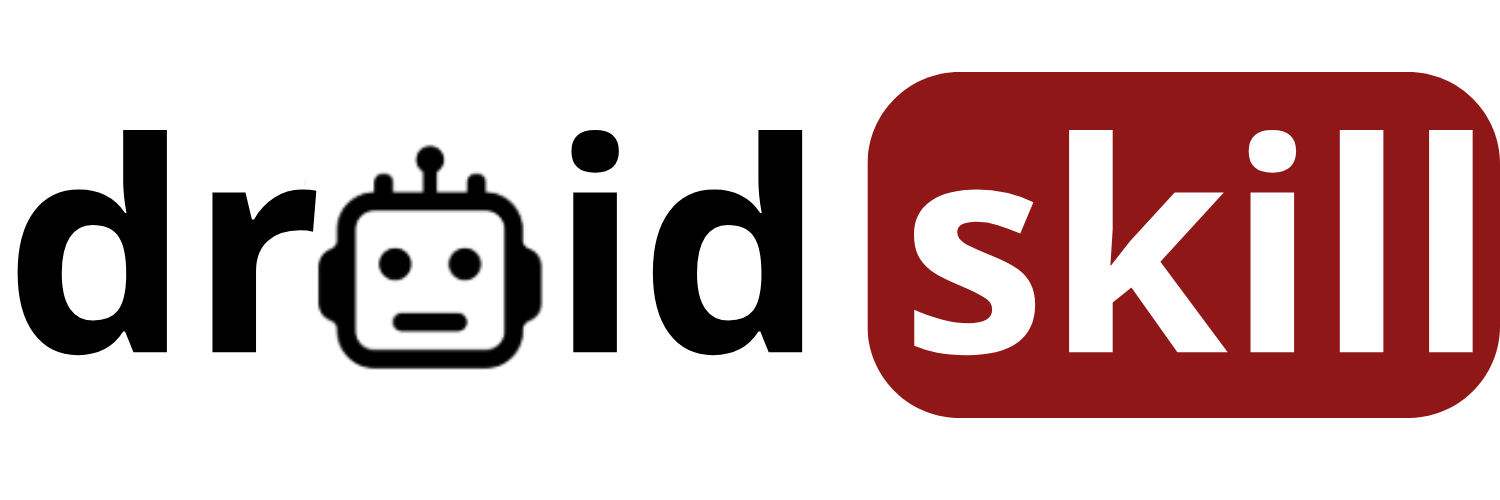Choosing between an iPhone and an Android phone can feel like a monumental decision, especially when you consider how deeply integrated these devices are into our daily lives. Beyond just calls and texts, smartphones have become essential tools for managing our health, fitness, and overall well-being. So, when it comes to health and lifestyle features, which platform truly comes out on top? Let's dive into a detailed comparison to help you make the best choice for your needs.
Ecosystem Integration: A Battle of the Giants
One of the most significant differences between iPhones and Android phones lies in their ecosystems. Apple's ecosystem is known for its seamless integration. If you already own other Apple devices like an Apple Watch or iPad, an iPhone will likely offer a smoother, more unified experience. Data syncs effortlessly across devices, and features like Handoff allow you to start a task on one device and continue it on another.
Android, on the other hand, offers a more open ecosystem. While integration with other Google services like Gmail and Google Calendar is excellent, the experience can vary depending on the phone manufacturer. However, this openness also means greater flexibility and compatibility with a wider range of devices and services.
Health and Fitness Tracking: A Core Feature
Both iPhones and Android phones come equipped with built-in health and fitness tracking capabilities. iPhones have the Health app, which aggregates data from various sources, including the Apple Watch, and provides a comprehensive overview of your activity levels, sleep patterns, and more. Android phones typically use Google Fit, which offers similar features and integrates with a wide range of fitness trackers and apps.
The accuracy of these built-in trackers can vary. Generally, the Apple Watch is considered to be one of the most accurate wearable fitness trackers on the market, giving the iPhone an edge in this area. However, many Android-compatible fitness trackers offer comparable accuracy and a wider range of features, depending on your specific needs.
App Availability: A World of Choices
When it comes to health and fitness apps, both the App Store and Google Play Store offer a vast selection. Popular apps like MyFitnessPal, Strava, and Headspace are available on both platforms. However, there may be some differences in app availability, particularly for niche or specialized apps. It's always a good idea to check if your favorite apps are available on the platform you're considering.
Privacy and Security: A Growing Concern
Privacy and security are increasingly important considerations when choosing a smartphone. Apple has made privacy a central focus of its marketing, emphasizing its commitment to protecting user data. iPhones offer features like App Tracking Transparency, which requires apps to ask for your permission before tracking your activity across other apps and websites.
Android has also made significant strides in improving privacy and security. Google Play Protect scans apps for malware, and Android offers granular permission controls, allowing you to decide which apps have access to your data. However, Android's open nature can make it more vulnerable to security threats, particularly on older devices that may not receive regular security updates.
Specific Health Features: A Closer Look
Let's take a closer look at some specific health features offered by iPhones and Android phones:
1. Apple Health (iPhone)
Apple Health is a centralized hub for all your health and fitness data. It tracks steps, distance, calories burned, sleep patterns, and more. It also integrates with the Apple Watch to provide more advanced features like heart rate monitoring, ECG readings, and fall detection. The Health app allows you to share your health data with doctors and family members, making it a valuable tool for managing chronic conditions.
The user interface is intuitive and easy to navigate, presenting data in a clear and concise manner. You can customize the dashboard to focus on the metrics that are most important to you. Apple Health also supports Health Records, allowing you to access your medical records from participating healthcare providers.
Search for Apple Health on PlaystoreApple Health on App Store
2. Google Fit (Android)
Google Fit is Android's answer to Apple Health. It tracks similar metrics, including steps, distance, calories burned, and activity levels. It also integrates with a wide range of fitness trackers and apps, allowing you to consolidate your health data in one place. Google Fit uses Move Minutes and Heart Points to encourage you to be more active throughout the day.
Google Fit's interface is clean and simple, making it easy to track your progress. It also offers personalized insights and recommendations to help you achieve your fitness goals. Google Fit integrates with other Google services like Google Calendar, allowing you to schedule workouts and track your progress over time.
Search for Google Fit on PlaystoreGoogle Fit on Play Store
3. MyFitnessPal
MyFitnessPal is a popular app available on both iOS and Android, focusing on nutrition tracking. It boasts an extensive database of foods and allows you to easily log your meals and track your calorie intake. It also integrates with various fitness trackers to provide a comprehensive view of your overall health.
The app's barcode scanner makes it easy to log packaged foods, and its recipe importer simplifies tracking homemade meals. MyFitnessPal also offers personalized insights and recommendations to help you achieve your weight loss or fitness goals. The social features allow you to connect with friends and family for support and motivation.
Search for MyFitnessPal on PlaystoreMyFitnessPal on Play Store
4. Strava
Strava is another popular app available on both platforms, catering to runners and cyclists. It tracks your workouts using GPS and provides detailed performance metrics. Strava also offers social features, allowing you to connect with other athletes, share your activities, and compete on leaderboards.
The app's segment feature allows you to compare your performance on specific sections of road or trail with other users. Strava also offers training plans and personalized insights to help you improve your performance. The app's safety features, such as Beacon, allow you to share your location with contacts in case of emergency.
Search for Strava on PlaystoreStrava on Play Store
5. Headspace
Headspace is a meditation and mindfulness app available on both iOS and Android. It offers guided meditations, sleep stories, and other resources to help you reduce stress, improve focus, and get better sleep. Headspace is a great tool for improving your mental well-being.
The app's animations and calming voiceovers make meditation accessible to beginners. Headspace offers a variety of courses and single meditations to suit different needs and preferences. The app also includes features like sleepcasts and soundscapes to help you fall asleep more easily.
Search for Headspace on PlaystoreHeadspace on Play Store
Beyond the Apps: Lifestyle Considerations
Beyond the specific health features and apps, there are other lifestyle considerations to keep in mind when choosing between an iPhone and an Android phone. iPhones are known for their ease of use and intuitive interface, making them a good choice for people who are less tech-savvy. Android phones, on the other hand, offer more customization options, allowing you to personalize your device to your liking.
The cost of iPhones is generally higher than that of Android phones. However, iPhones tend to hold their value better over time. Android phones offer a wider range of price points, making them a more accessible option for budget-conscious consumers.
The Verdict: It Depends on Your Needs
So, which phone wins in health and your life? The answer depends on your individual needs and preferences. If you prioritize seamless integration with other Apple devices, a user-friendly interface, and strong privacy features, an iPhone may be the better choice. If you prefer more customization options, a wider range of price points, and a more open ecosystem, an Android phone may be a better fit.
Ultimately, the best way to decide is to try out both platforms and see which one feels more comfortable and intuitive to you. Consider your specific health and fitness goals, your budget, and your overall lifestyle when making your decision.
Making the Most of Your Choice
No matter which platform you choose, there are several steps you can take to maximize its health and lifestyle benefits:
1. Explore the Built-in Features: Take the time to familiarize yourself with the built-in health and fitness tracking features of your phone. Experiment with different settings and options to find what works best for you.
2. Download Relevant Apps: Explore the App Store or Google Play Store to find apps that can help you achieve your specific health and fitness goals. Read reviews and try out different apps to find the ones that you like best.
3. Invest in a Wearable: Consider investing in a fitness tracker or smartwatch to get more accurate and detailed health data. Many wearables integrate seamlessly with both iPhones and Android phones.
4. Set Realistic Goals: Don't try to do too much too soon. Start with small, achievable goals and gradually increase the intensity and duration of your workouts as you get fitter.
5. Stay Consistent: The key to success is consistency. Make health and fitness a regular part of your routine, and you'll be more likely to achieve your goals.
6. Prioritize Mental Well-being: Don't forget to take care of your mental health. Use meditation apps, practice mindfulness, and make time for activities that you enjoy.
7. Stay Informed: Keep up-to-date on the latest health and fitness trends and research. This will help you make informed decisions about your health and well-being.
8. Consult with Professionals: If you have any specific health concerns, consult with a doctor or other healthcare professional. They can provide personalized advice and guidance.
9. Track Your Progress: Keep track of your progress over time. This will help you stay motivated and see how far you've come.
10. Celebrate Your Successes: Don't forget to celebrate your successes, no matter how small. This will help you stay positive and motivated.
By following these tips, you can make the most of your iPhone or Android phone and improve your health and well-being.
The Future of Health Tech
The future of health tech is bright. As technology continues to evolve, we can expect to see even more innovative and sophisticated health and fitness features on our smartphones and wearables. From advanced sensors that can track vital signs to AI-powered coaching that provides personalized guidance, the possibilities are endless.
One of the most exciting developments is the integration of telehealth services into our smartphones. This will allow us to connect with doctors and other healthcare professionals remotely, making it easier to access care and manage our health from the comfort of our own homes.
Another promising area is the development of personalized medicine. By analyzing our genetic data and other health information, doctors will be able to tailor treatments to our individual needs, making them more effective and less likely to cause side effects.
As health tech continues to advance, it's important to stay informed and be aware of the potential benefits and risks. By using these technologies responsibly and in consultation with healthcare professionals, we can improve our health and well-being and live longer, healthier lives.
In conclusion, both iPhones and Android phones offer a wealth of health and lifestyle features. The best choice for you depends on your individual needs and preferences. By exploring the built-in features, downloading relevant apps, and investing in a wearable, you can make the most of your smartphone and improve your health and well-being.


